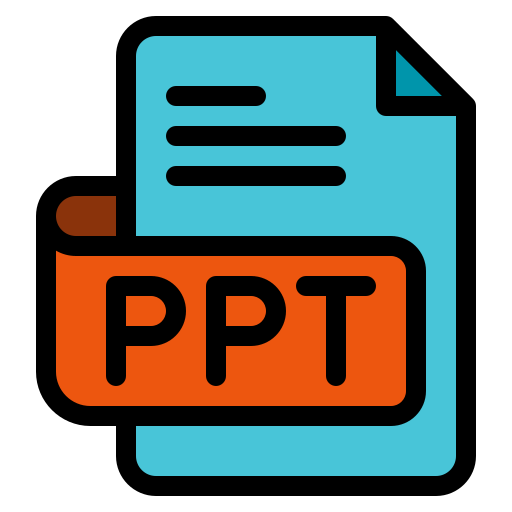Agile Management by Objectives
|
|
|
Introduction
Management by Objectives
 Management by Objectives (MBO) is a strategic approach to enhance the performance of an organization. Management by Objectives (MBO) is a strategic approach to enhance the performance of an organization.
• long-term (usually annual) definition of the company's objectives (mainly in a "top down" mode)
• achievement of objectives: measured, evaluated and, in the best case, rewarded (Bonuses) on the basis of results at the end of the year.
 Steps in the management by objectives process: Steps in the management by objectives process:
1. Goal definition:
- What do I want to achieve, within how long?
2. Involvement of the team:
- Which resources can/will I count on?
3. Assignment of roles and objectives:
- What contribution do I expect from everyone?
4. Measurement in progress:
- Where are we? - corrective actions
5. Final verification of results
- Goal achieved?

Objectives must be S.M.A.R.T (Specific, Measurable, Achievable, Realistic, Timely)
Advantages and disadvantages of MBO
|
Advantages of MBO
|
Limitations of MBO
|
|
Improved Performance
|
Lack of Proper Objective/of an explicit team goal
|
|
No Role Ambiguity
|
‘SMART’ objectives are not necessarily agile objectives.
|
|
Maximum Utilization of Human Resources
|
Issues in Goal Setting
|
|
Career Development of the Employees
|
Coordination Problem Time Consuming
|
|
Result Based Performance Evaluation
(and not on some intangible characteristics)
|
Reward-Punishment Approach
(extrinsic purpose Vs intrinsic motivation)
|
|
|
Develops Organizational Problems
|
|
|
Sometimes Lack Appreciation
|
Agile Approach
What is the Agile Approach
 Agile is an iterative approach to project management (originated in the software development industry) that focuses on flexibility, communication and segmentation. Agile is an iterative approach to project management (originated in the software development industry) that focuses on flexibility, communication and segmentation.
There are many different application methodologies of the agile philosophy (Scrum is the most popular), each of it is unique in its specific approach. But they all share a common vision and a set of core values:
- Four essential values of the agile methodology:
• Individuals and interactions over processes and tools
• Working software over comprehensive documentation
• Customer collaboration over contract negotiation
• Responding to change over following a plan
- Five essential attributes:

• short-term objectives
• prognosis of project progress based on experience: giving way to constant revisions
This allows for a more continuous way of setting and reaching goals as well as being more efficient in responding to change if needs be.
Advantages and disadvantages of Agile
|
Advantages of Agile
|
Limitations of Agile
|
|
Regular adaptation to changing circumstances
|
Cost of Agile development methodology is slightly more as compared to other development methodology
|
|
Daily and close cooperation between business people and developers
|
The project can quickly go out off track if the project manager is not clear about requirements and what outcome he/she wants
|
|
Even late changes in requirements are welcomed
|
It is not useful for small development projects
|
|
Dividing into sprints gives the team the opportunity to focus on the individual stages and work faster
|
|
|
Flexibility in defining priority functions and setting goals
|
|
Agile (R)Evolution

"Traditional” organizations: designed primarily for stability, involve a static, siloed, structural hierarchy.
“Agile” organizations: designed for both stability and dynamism.
- network of teams within a people-centered culture
- rapid learning and fast decision cycles enabled by technology and guided by a powerful common purpose.
Why this methodology is so important today


• Agile methodology overcomes the risk of spending a lot of time if there are any changes required.
• It allows teams to work directly with clients, instead of working with other teams.
• This provides a clear outcome with a focused goal and in an incremental way.
How to pull off an agile transformation
 OKRs are the ideal approach for companies working with agile methodologies OKRs are the ideal approach for companies working with agile methodologies
 
 
Checklist for Agile Objectives
What is an agile objective?
- An agile goal is a "higher purpose," which transcends the goals of all stakeholders. It is a goal for the entire system, not a goal just for the Product Owner, or the manager, or the CEO, or the shareholders;
- Agile goals are not required to conform to a whole range of criteria, like specific, measurable, etc. A goal depends on its context. Sometimes it should be inspiring, sometimes it should be measurable;
- An agile goal should not be connected to rewards or incentives. Extrinsic motivation distorts the system and causes non-linear consequences, which often defeat the purpose of the goal itself. Instead a goal should address people’s intrinsic desires
Checklist for Agile Objectives
Summing up
|
Keywords
Goal setting, agile transformation, smart criteria, innovation, project management
Objectives/goals:
Understanding of old and new goal setting methodologies; main differences, advantages and disadvantages of each; what agile transformation is and how it can be implemented.
Description:
Agile working is about connecting people, processes, connectivity and technology, time and place to find the most appropriate and effective way of working to complete a specific task. It is working within the guidelines (of the task) but without limits (of how it is achieved) and having agile objectives that can adapt to sudden changes.It does not mean to abandon totally the tools used till now, such as MBO, but simply to transform and readapt them to our times. The problem is not which methodology to use, but to be aware of the strengths and weaknesses of each. Teams need to know when the structure is beneficial and when it is not, and realise that achieving good team dynamics is a skill that needs to be honed. In this work, an attempt has been made to give an overview of old and new methodologies concerning the objectives of a company.
Bibliography
Related training material


 Demo
Demo Play Audio
Play Audio 





